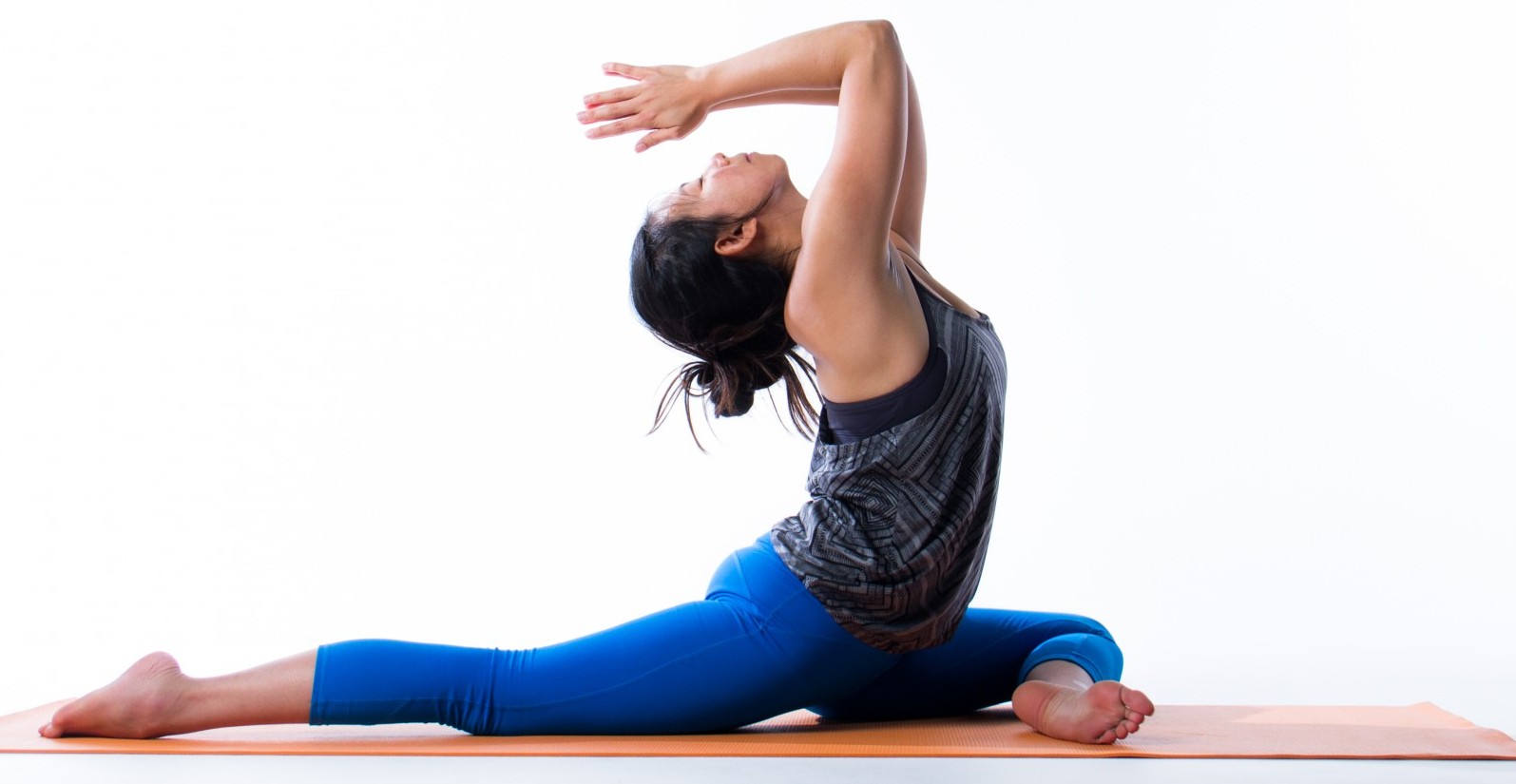When I was looking to start my yoga practice, I jumped right in with a 30-day yoga challenge. Every weekday at 8pm, and weekends at 9am I would turn up at the shala to do the same hour-long, Ashtanga-based beginner’s sequence.
I left the first class feeling fantastic, woke up the next morning feeling like I’d slept on a cloud. But by late afternoon the muscle aches had set in, and getting to practice that second day – the third, fourth, and all the days to the end of Week 1 – was a challenge in itself.
In Week 2, I found my breath. I could move my limbs and breathe in time with the instructor’s cues, without feeling like I was trying to operate some highly complicated heavy machinery while being held underwater. I was very pleased with myself.
In Week 3, my blissful, master-yogi illusion was shattered when 5 Sun Salutations became 5 Sun Salutations A and B. A whole new world of wobbliness opened up with the introduction of the revolved versions of Triangle and Side-Angle pose.
Yet the uncertainty and wobbliness went swiftly, even as Week 4 came to a close. The daily practice made me super strong, super quick. I discovered that light, low-impact yoga actually works on sore muscles to reduce pain and speed healing.
It taught me discipline. Some days I’d finish work late, and want nothing more than a nice cold beer with friends. Other days I’d join colleagues for dinner and end up being way too full to be doing any kind of twisting or bending in the midsection. So I learned to say no to post-work drinks, I learned to not over-eat – and when I failed to do either of those things, I learned that just turning up and doing what I could was still better than not doing anything at all.
That physical strength and discipline filtered over into my work life. I was waking up an hour earlier to read market reports, staying alert even during post-lunch meetings, almost literally bouncing through the office all day.
Naively, I declared that I had found my one true love and vowed that yoga would be a part of my daily routine forever. Naturally, once the challenge was complete, no more days to tick off the calendar, and the shiny newness of yoga had faded slightly, it became harder to keep up.
But here’s what I learned from my intensive first 30 days of yoga.
The physical practice of yoga is a moving meditation. Through breath and movement, you move energy around the body.
When you practice daily, the analogies between your experience on and off the mat become more apparent. Take for instance the old adage, to take a deep breath and count to ten before losing your temper. You’ve heard this advice before, you understand intellectually how putting some space between yourself and your anger is a good idea.
But until you actually feel that burning sensation in your thighs while holding Utkatasana (Chair Pose), and you physically feel the liberation of being able to breathe past the urge to react, stand up immediately, or run away – you probably won’t be as prepared to put that good old wisdom into action when the tempers are running high.
You’ll find some poses a struggle, others come easy. Some days you’ll find you just can’t wait to dive into practice – others you literally have to drag yourself onto the mat. The habit of approaching both with the same, level breathing and equanimous mind quickly seeps into everyday life off the mat, too.
Daily asana practice appeals to me for the self-enforced discipline. At the same time, I recognize that discipline too harshly enforced becomes rigidity and unkindness. So would I recommend #yogaeverydamnday? I think it’s definitely worth the experience. Pick a feasible number of days, long enough to be a challenge but achievable enough that you’ll actually stick with it. Let me know how it goes!
